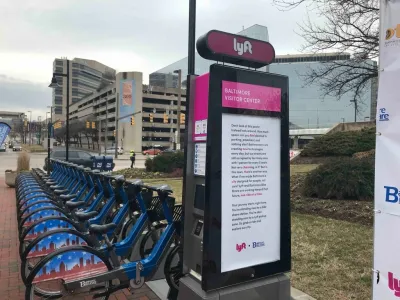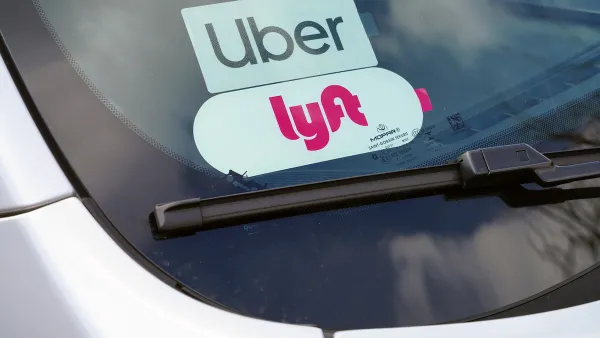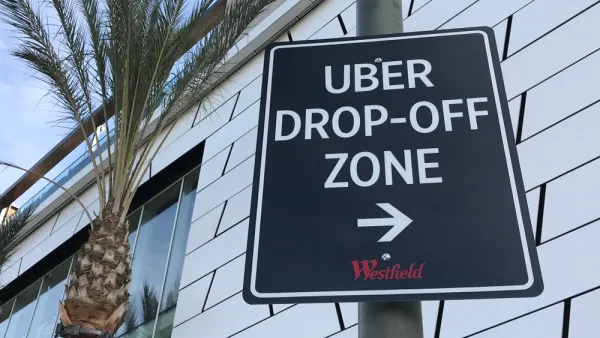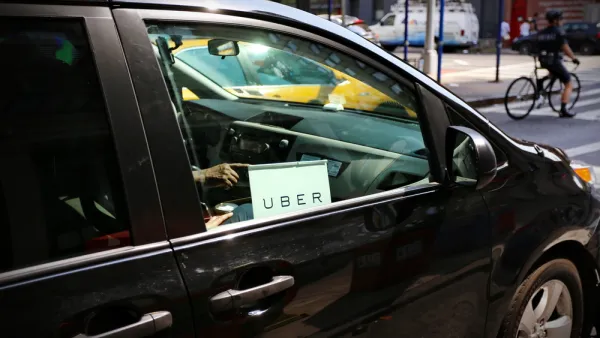After years of resisting efforts by cities to regulate their business and constant—but unprofitable—growth, Uber and Lyft are homing in on their unique strengths.

Despite small differences in their operations and business models, Uber and Lyft have essentially operated as interchangeable services for most customers for years. Now, writes Andrew J. Hawkins, the two transportation network companies (TNCs) are starting to differentiate themselves by centering their operations on each company's specific strengths, as evidenced by earnings reports issued last week by both TNCs.
"Uber’s main side hustle is delivery. Food and other delivery bookings in the fourth quarter grew 33 percent year over year." Meanwhile, Lyft president John Zimmer says his company has no plans to follow suit. "We want to have one main consumer that we’re building for. And again, we will not build a consumer-facing marketplace for groceries or food," Zimmer said. But Lyft has bolstered the micromobility side of its business, reports Hawkins, with bikeshare as its fastest-growing customer base, while Uber has "largely abandoned its two-wheeled operations."
Hawkins notes that, while both companies expressed enthusiasm about autonomous vehicles, both largely sold off their AV divisions, with Lyft still maintaining some ties through a deal with Argo.ai to put its vehicles on Lyft's platform.
The two rideshare giants continue to compete and face some of the same challenges, but, as Hawkins puts it, their recent earnings reports show that the two may take more different paths in the future.
FULL STORY: Uber and Lyft are finally starting to look like different companies

Analysis: Cybertruck Fatality Rate Far Exceeds That of Ford Pinto
The Tesla Cybertruck was recalled seven times last year.

National Parks Layoffs Will Cause Communities to Lose Billions
Thousands of essential park workers were laid off this week, just before the busy spring break season.

Retro-silient?: America’s First “Eco-burb,” The Woodlands Turns 50
A master-planned community north of Houston offers lessons on green infrastructure and resilient design, but falls short of its founder’s lofty affordability and walkability goals.

Test News Post 1
This is a summary

Analysis: Cybertruck Fatality Rate Far Exceeds That of Ford Pinto
The Tesla Cybertruck was recalled seven times last year.

Test News Headline 46
Test for the image on the front page.
Urban Design for Planners 1: Software Tools
This six-course series explores essential urban design concepts using open source software and equips planners with the tools they need to participate fully in the urban design process.
Planning for Universal Design
Learn the tools for implementing Universal Design in planning regulations.
EMC Planning Group, Inc.
Planetizen
Planetizen
Mpact (formerly Rail~Volution)
Great Falls Development Authority, Inc.
HUDs Office of Policy Development and Research
NYU Wagner Graduate School of Public Service




























